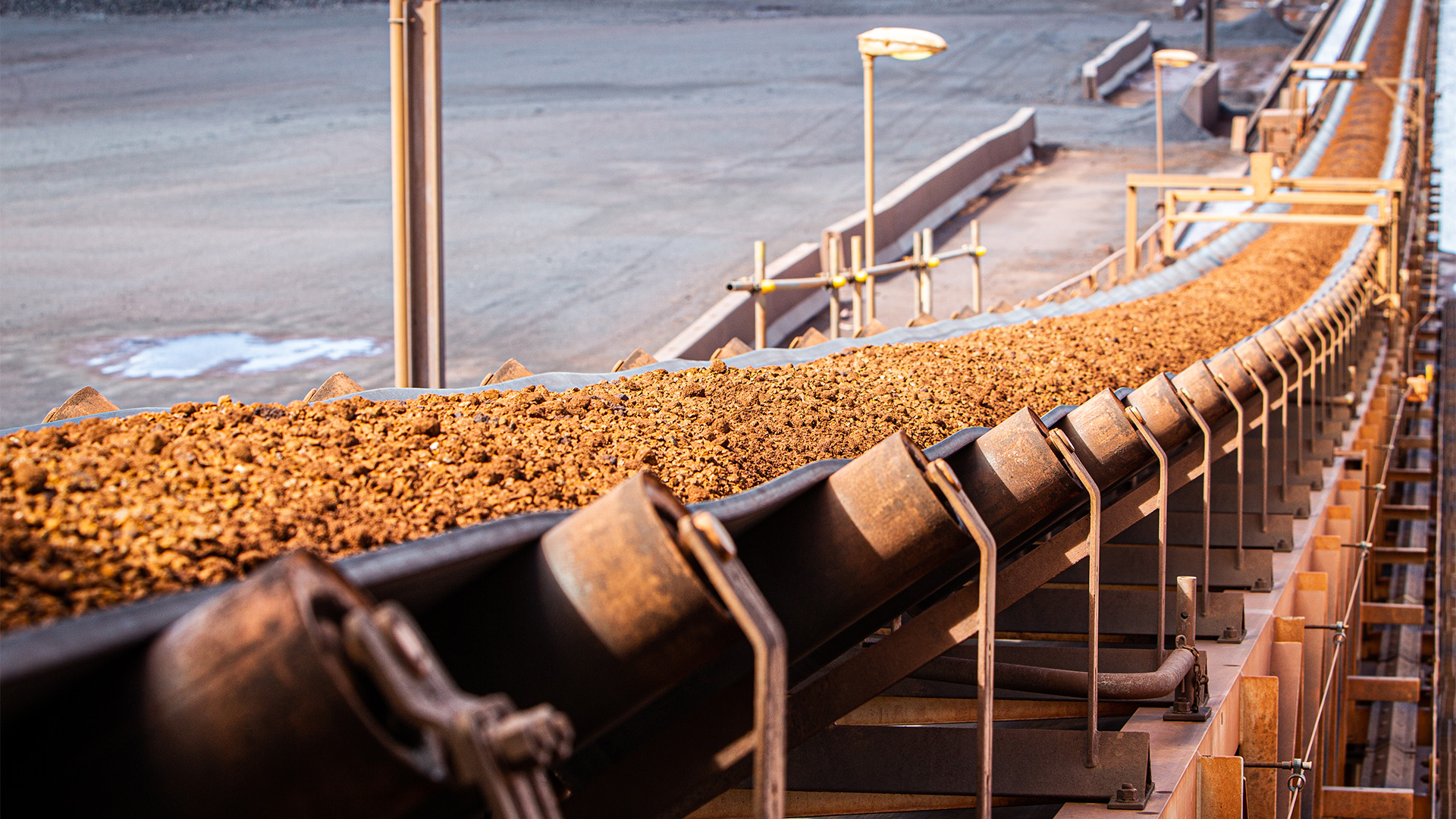Thanks to the impact of COVID-19 and the lockdowns and social distancing measures taken to control it across the country, it was another gloomy report on the health of the Australian economy from the National Australia Bank in its April monthly survey of business conditions and confidence.
And, according to the NAB’s survey, the economy will not bounce back strongly as many in government and business think – the bank’s economists reckon it won’t recover until 2022 and unemployment will still be 7% next year.
While business confidence rose 19 points in April to -46 points, the NAB says that’s still a very weak reading. And it was similar for business conditions which fell by 12 points to -34 points as profitability, trading conditions, and employment all worsened
“Overall conditions are now deeply negative in all industries outside of mining,” the NAB survey found.
Business confidence bounced in the month, but remains well below the trough of the 1990s recession after the large fall last month (indeed it’s now two times below the 1990s recession trough, rather than three times),” the bank said.
“Though confidence improved slightly, forward orders weakened, pointing to a further decline in activity going forward. Capacity utilisation declined further and it’s now at its lowest level on record, suggesting that a significant turnaround in conditions is required before the sector considers expanding.”
According to Alan Oster, NAB Group Chief Economist “confidence saw a rebound in the month after the sharp fall last month, but this provides little comfort given it remains around twice as weak as the 1990s recession. Business conditions declined further in the month, with a broad-based deterioration across industries”.
Forward orders fell again in the month suggesting that activity is likely to weaken further in the near term – in line with still weak confidence.
“Unsurprisingly, capacity utilisation fell further with the sheer magnitude of the decline over the past two months reflecting very sharp downturn inactivity for a significant portion of the economy,” the NAB said.
Capacity utilisation fell to 72% and lowest in recreation and personal services, retail, wholesale, and mining.
“Interestingly, both the proportion of respondents needing to borrow, and the relative difficulty in borrowing has remained relatively unchanged. That said, Capex has also fallen sharply – and is at a very low level – suggesting that firms are pulling back on outlays where possible.”
And not unsurprisingly, the NAB survey found that “the employment index is now near its lowest level on record” with a reading of -35.
The NAB team warns recovery will take a long time and Australia’s economy will not get back to pre-COVID-19 levels until early 2022, with unemployment staying above 7% until the end of next year.
“This suggests more action from policymakers will be required – particularly on the fiscal front to assist business with a return to normal,’’ the NAB said.












